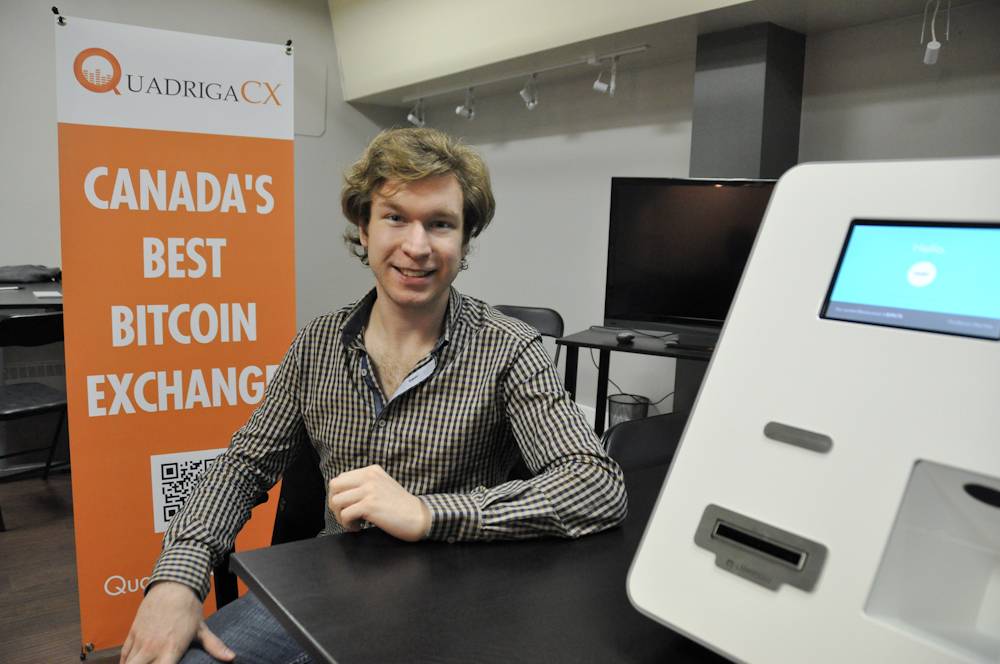DeFi Lender Liquity Unveils New Stablecoin With User-Set Borrowing Rates in White Paper
/arc-photo-coindesk/arc2-prod/public/LXF2COBSKBCNHNRE3WTK2BZ7GE.png)
-
Liquity’s upgraded protocol aims to take on the increasing competition for DeFi yields, with plans to go live in the third quarter.
-
The new stablecoin, BOLD, will coexist with Liquity’s LUSD, adding liquid staking ETH derivatives as collateral assets to provide liquidity or leverage for investors.
Decentralized finance (DeFi) lending platform Liquity (LQTY)’s planned upgrade will include an overcollateralized stablecoin that makes use of liquid-staking tokens of ether (ETH) as backing assets and allows user-set interest rates for loans, a first in DeFi, according to the protocol.
“Current protocols either rely on slow and potentially misaligned human governance to adjust interest rates, or they don’t have a targeted way of using interest payments to drive demand for their stablecoin,” according to a white paper published Tuesday. “Liquity V2 will change that.”
Details of the new version, which is scheduled for late in the third quarter, arrive as new yield-earning strategies and DeFi-native stablecoins have helped lift investment returns from the depths of a crypto winter in 2022 and 2023. For example, Aave and Curve introduced their own stablecoins last year, while Ethena’s “synthetic dollar,” USDe, which generates yield by harvesting bitcoin (BTC) and ETH futures premiums with a “carry trade,” attracted $2.3 billion in deposits.
Liquity is known as a stablecoin lender that offers 0% loans in its overcollateralized LUSD stablecoins for users depositing ETH in the protocol while charging a one-time fee. In May 2021, at the peak of the previous crypto bull market, total value locked (TVL) on the protocol surpassed $4 billion. It’s now about $700 million, DefiLlama data shows.
The new stablecoin, called BOLD, will co-exist with LUSD. It will allows borrowers to take out loans by depositing ETH and liquid staking ETH derivatives as collateral while setting their preferred interest rate and plans to pay most of the revenue from borrowing fees into the stability pool and secondary markets incentivized by the protocol.
The idea behind letting borrowers set the loan rates is to align incentives: The more borrowers are willing to pay, the more revenue they contribute to the protocol to pay out for BOLD holders in stability and liquidity pools.
“LUSD is great for its decentralized capabilities, but it doesn’t have the built-in flexibility to adapt to changing market environments like rising or falling interest rates,” Samrat Lekhak, head of business development and communications at Liquity, said in an interview over Telegram. “In times of positive interest rates, this implies a need for a continuous yield source for the stablecoin, which BOLD provides.”
Liquity plans to go live with the protocol in late third quarter of this year, Lekhak said.
Edited by Sheldon Reback.
Disclosure
Please note that our
privacy policy,
terms of use,
cookies,
and
do not sell my personal information
has been updated
.
CoinDesk is an
award-winning
media outlet that covers the cryptocurrency industry. Its journalists abide by a
strict set of editorial policies.
In November 2023
, CoinDesk was acquired
by the Bullish group, owner of
Bullish,
a regulated, digital assets exchange. The Bullish group is majority-owned by
Block.one; both companies have
interests
in a variety of blockchain and digital asset businesses and significant holdings of digital assets, including bitcoin.
CoinDesk operates as an independent subsidiary with an editorial committee to protect journalistic independence. CoinDesk employees, including journalists, may receive options in the Bullish group as part of their compensation.
:format(jpg)/s3.amazonaws.com/arc-authors/coindesk/8b1395a8-12af-4705-9fe5-b862b248250d.png)
Learn more about Consensus 2024, CoinDesk’s longest-running and most influential event that brings together all sides of crypto, blockchain and Web3. Head to consensus.coindesk.com to register and buy your pass now.









